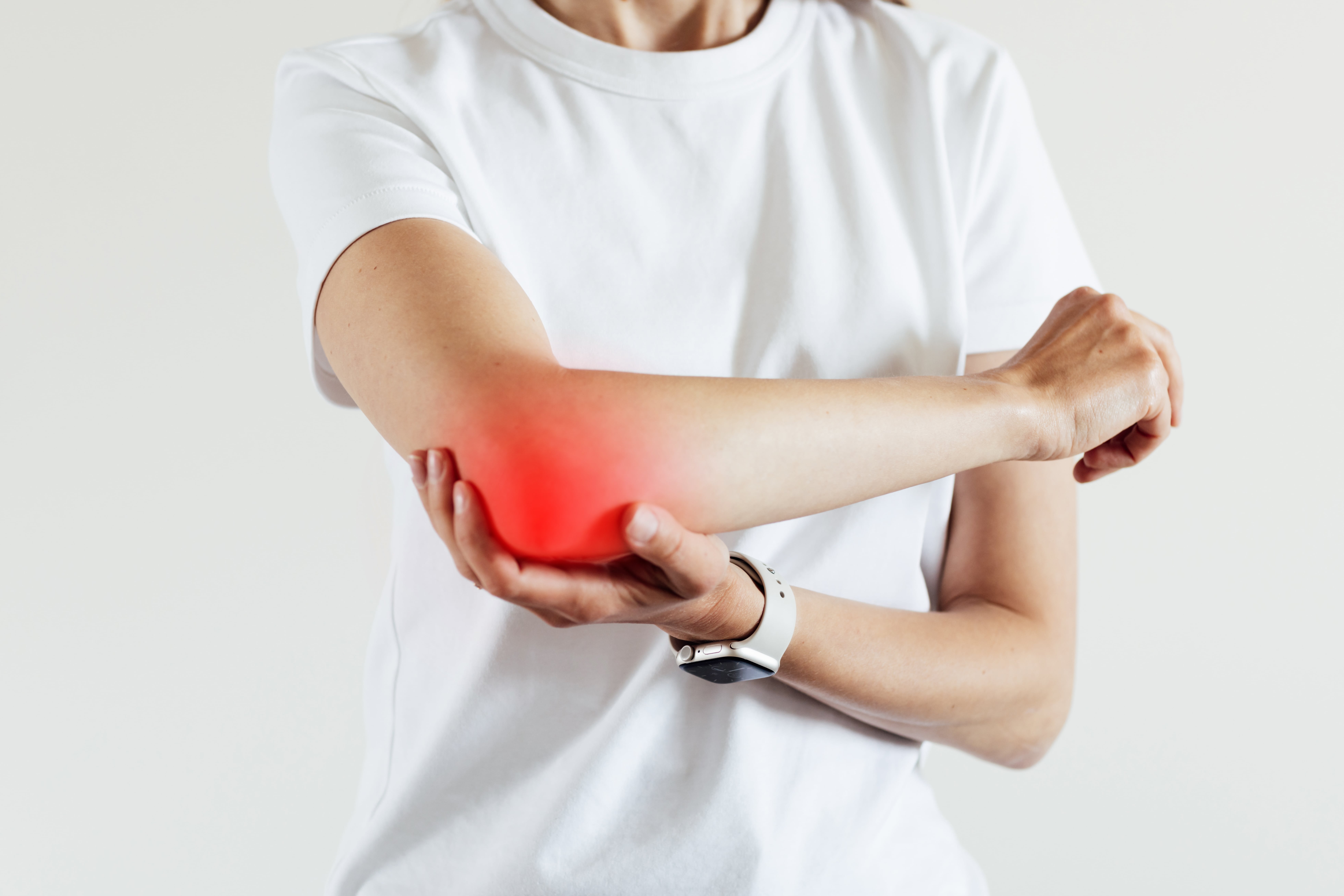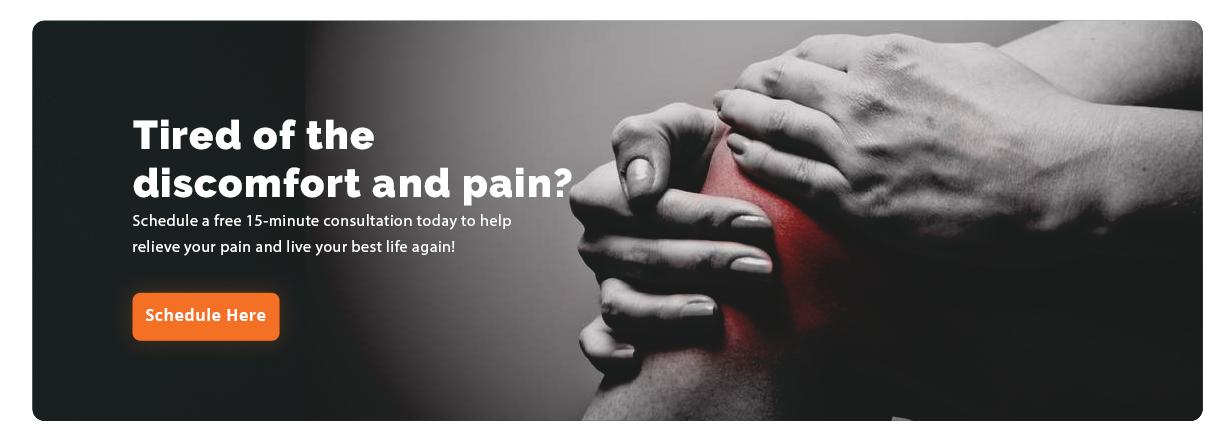 “We don’t know how strong we really are until being strong is the only choice.” – Jadine Sayer
“We don’t know how strong we really are until being strong is the only choice.” – Jadine Sayer
Life is filled with various pains and afflictions. Rare is the individual who goes through their adult life without experiencing some kind of sickness or discomfort. Fortunately for the rest of us mere mortals, while we suffer pain from time to time, chronic pain is not something we must deal with.
However, according to statistics from the Center for Disease Control and Prevention (CDC),
“About one in four adults with arthritis—15 million people—report experiencing severe joint pain related to arthritis. Additionally, nearly half of adults with arthritis have persistent pain.”
And that is only the joint pain that arises from forms of arthritis.
Other causes of acute and chronic joint pain include many autoimmune diseases such as lupus and rheumatoid arthritis in particular, an injured meniscus, which is the cartilage in your knee that cushions and stabilizes the knee joint, ligament, and tendon injuries, and even gout.
But the sad fact is that arthritis is the main culprit when it comes to joint pain.
As a wellness blog post from Wayne UNC points out,
“Sometimes called wear-and-tear arthritis, osteoarthritis is the most common culprit in joint pain. It occurs when the lining of the joints, called cartilage, is worn down. Although osteoarthritis can damage any joint, it most commonly affects the knees, hands, and hips.”
And aging doesn’t help in this arena. As the recent findings from the University of Michigan National Poll on Healthy Aging concluded, 70 percent of people over 50 experience joint pain at least occasionally, while close to 60 percent have been told they have some form of arthritis.
Can Joint Pain Be Relieved?

The sobering reality of most joint pain is that, while some degree of relief can be achieved, complete recovery from pain is usually not possible, especially joint pain resulting from forms of arthritis.
An article from Healthline explains it this way,
“There’s no treatment currently available that will completely eliminate the joint pain associated with arthritis or keep it from returning. However, there are ways to manage the pain: It may help to use topical pain relievers or take nonsteroidal anti-inflammatory drugs to reduce pain, swelling, and inflammation.”
The most common and widely recommended forms of joint pain relief treatment include:
- Oral, injected and topical medications
These can consist of treatments ranging from disease-modifying medications to oral pain-relieving medications to joint injections and simple topical medications.
- Diet and natural remedies
Losing and maintaining weight can be a critical factor for joint pain relief. In addition, as a diet rich in whole foods such as fruits, vegetables, fish, nuts, and beans, and lean on processed foods and saturated fat, can be helpful for managing inflammatory arthritis.
- Nutritional supplements
With a variety of dietary add-ons available, many of them are said to relieve joint pain and inflammation. This can be something as common as fish oil or a bit more “clinical” such as S-adenosyl-methionine (SAM-e), curcumin extract, glucosamine, and chondroitin sulfates, and even cannabidiol, or CBD.
In addition, physical activity, hot and cold therapy, and acupuncture are also commonly utilized by those seeking at least temporary relief from joint pain.
However, many who suffer from joint pain have found more extensive pain relief from specialized forms of soft tissue therapy.
Making Use of Active Release Techniques® to Bring Joint Pain Relief
 Of course, as we’ve noted here previously, there is no known “cure” for most joint pain nor any known treatment that will bring permanent relief. However, there are certain soft tissue therapies that can do far more than applying a heat pad or taking a couple of ibuprofen tablets.
Of course, as we’ve noted here previously, there is no known “cure” for most joint pain nor any known treatment that will bring permanent relief. However, there are certain soft tissue therapies that can do far more than applying a heat pad or taking a couple of ibuprofen tablets.
Active Release Techniques®, or ART®, is a complex set of hands-on techniques that are combined to bring about soft tissue release from sub-dermal scar tissue and other adhesions. It is these dysfunctional tissues that often contribute to joint, muscle, and other soft tissue pain.
When it comes to addressing the pain of arthritis, Active Release Techniques® can help loosen joints both on the spine and in non-spinal areas that are typically associated with developing arthritis. Along with this, ART®
As the Active Release website notes,
“ART® treatment is effective against signs and symptoms of muscle and nerve dysfunction – sometimes referred to as soft-tissue conditions or MSDs – including tightness, pain, tingling, inflammation, restricted range of motion, muscle ache, and related symptoms.”
Visit Pain and Performance Solutions for Joint Pain Relief
For any type of joint pain, the first step to finding relief is to let us get to know you and your pain issues. During your first appointment, we’ll ask a series of questions to learn about your present discomfort as well as any history of pain.
Afterwards we’ll conduct a full examination to determine which form of treatment is needed to help you on your road to recovery.
Using ART® for achieving joint pain relief can only begin when we can understand where your pain started. Oftentimes, when the cause isn’t readily known such in the case of arthritis, for example, it could be that it started long before as the result of an injury you might have sustained.
Your trust in us is key, as is your openness and honesty. Ultimately, getting your body working properly and healthy is the only way to achieve total recovery. So, don’t hesitate to reach out. We are here to help and will answer any, and all questions that you may have.
You can reach us at (707) 636-4404 or by filling out our online contact form.
